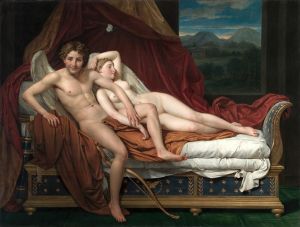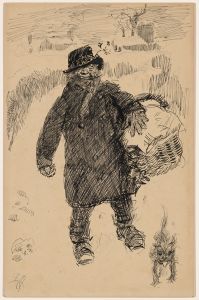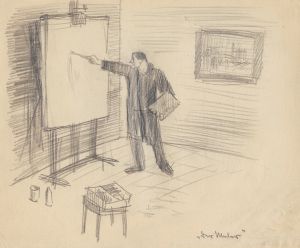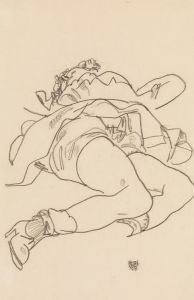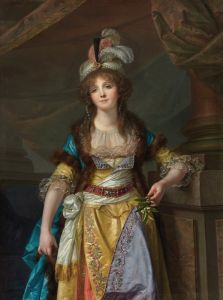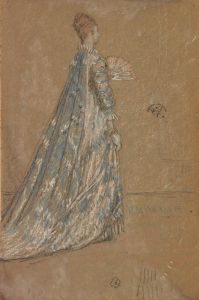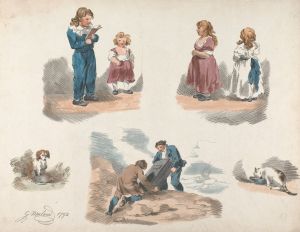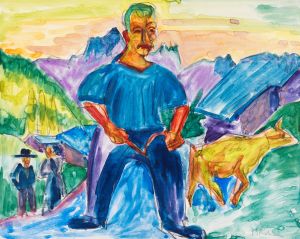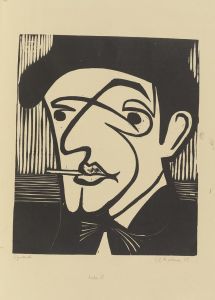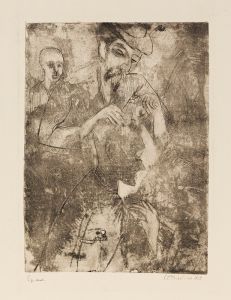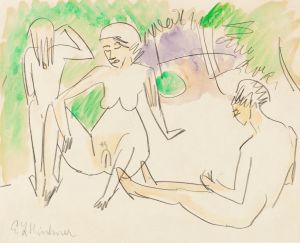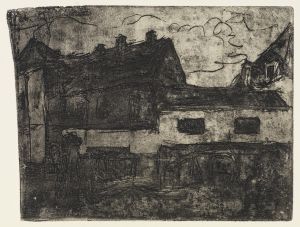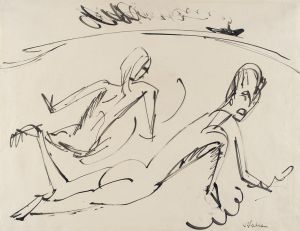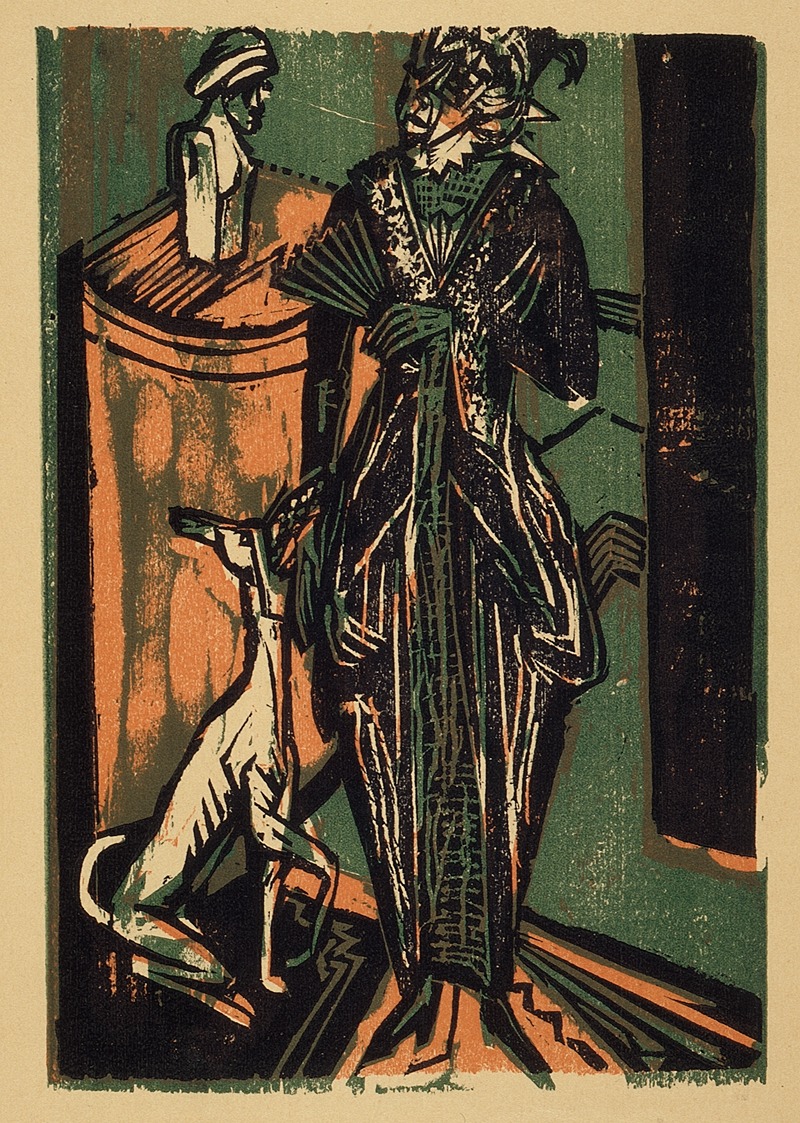
Lady with dog
A hand-painted replica of Ernst Ludwig Kirchner’s masterpiece Lady with dog, meticulously crafted by professional artists to capture the true essence of the original. Each piece is created with museum-quality canvas and rare mineral pigments, carefully painted by experienced artists with delicate brushstrokes and rich, layered colors to perfectly recreate the texture of the original artwork. Unlike machine-printed reproductions, this hand-painted version brings the painting to life, infused with the artist’s emotions and skill in every stroke. Whether for personal collection or home decoration, it instantly elevates the artistic atmosphere of any space.
Ernst Ludwig Kirchner was a prominent German expressionist painter and one of the founding members of the art group Die Brücke (The Bridge), which played a pivotal role in the development of modern art in the early 20th century. Kirchner's work is characterized by its bold use of color, dynamic compositions, and emotive subject matter, often reflecting the anxieties and tensions of the modern world.
"Lady with Dog" is one of Kirchner's notable works, although specific details about this particular painting, such as its creation date or current location, are not widely documented. Kirchner's oeuvre often includes depictions of urban life, nudes, and portraits, frequently featuring elongated figures and a vivid palette that conveys a sense of immediacy and emotional intensity.
In his paintings, Kirchner sought to capture the essence of his subjects through expressive forms and colors, often eschewing realistic representation in favor of a more subjective, emotional approach. This technique is evident in many of his works, where the figures are often stylized and the compositions are imbued with a sense of movement and energy.
Kirchner's interest in the human figure and its interaction with the environment is a recurring theme in his art. His portrayal of women, in particular, reflects both the allure and complexity of modern femininity. The inclusion of a dog in "Lady with Dog" could suggest themes of companionship, loyalty, or the juxtaposition of human and animal forms, a motif that appears in various works by Kirchner and other expressionists.
Throughout his career, Kirchner was deeply influenced by the rapid changes occurring in society, particularly the urbanization and industrialization of Germany. His works often reflect the psychological impact of these changes, capturing the alienation and excitement of modern city life. The expressionist movement, to which Kirchner was a central contributor, sought to convey the emotional experience of the world rather than its physical reality, using distortion, exaggeration, and vivid color to evoke mood and meaning.
Kirchner's career was significantly impacted by the events of World War I and the subsequent political and social upheavals in Germany. His experiences during the war, including a period of military service, led to a nervous breakdown and a move to Switzerland, where he continued to paint but with a noticeable shift in style and subject matter.
Despite facing personal and professional challenges, Kirchner remained a prolific artist until his death in 1938. His work has had a lasting influence on the development of modern art, and he is regarded as one of the leading figures of German expressionism. Today, Kirchner's paintings are held in major collections around the world, and his contributions to art continue to be celebrated for their innovative approach and emotional depth.
While specific information about "Lady with Dog" is limited, it can be appreciated within the broader context of Kirchner's artistic legacy and his exploration of the human condition through the lens of expressionism.





